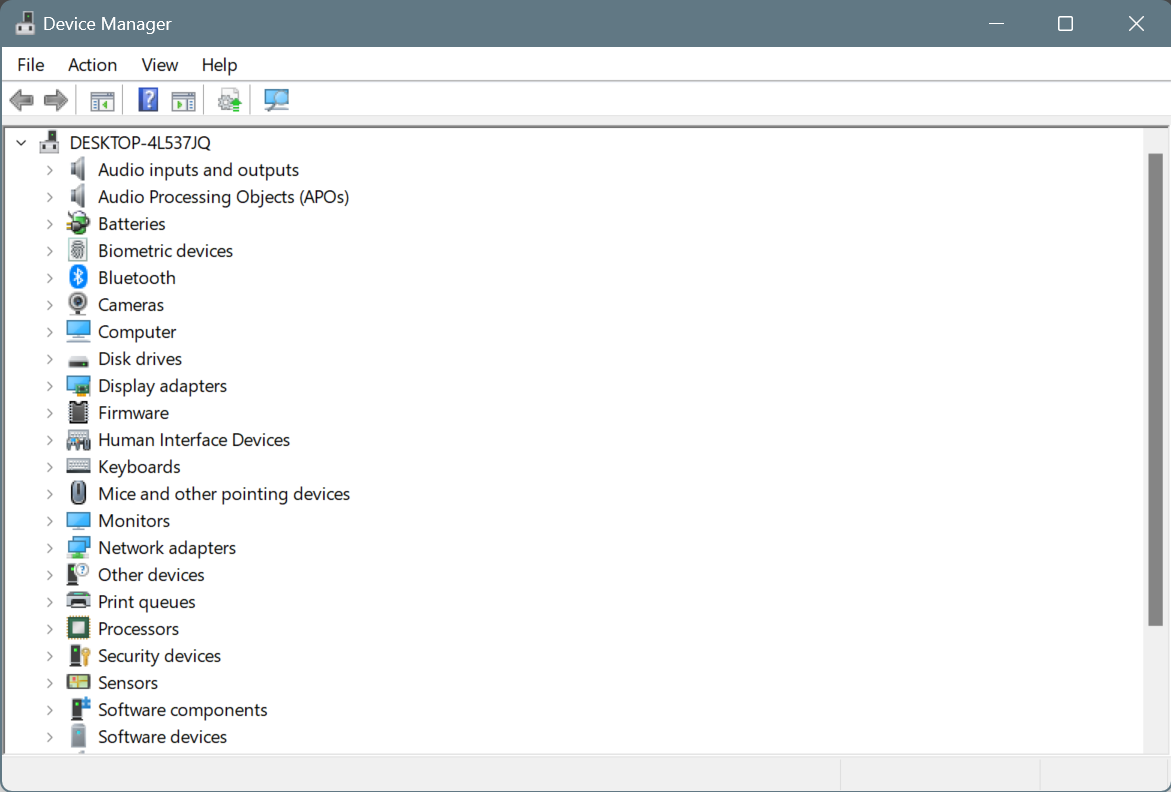Readers help support Windows Report. When you make a purchase using links on our site, we may earn an affiliate commission.
Read the affiliate disclosure page to find out how can you help Windows Report effortlessly and without spending any money. Read more
NPU, a specialized hardware commonly found in smartphones, has finally become something of interest to PC users. The reason is Microsoft’s push for AI in Windows and everyone wanting to utilize it to the maximum!
NPU (Neural Processing Unit) is a hardware component designed to boost AI, machine learning, and deep learning applications of the PC.
Most PCs bought a few years ago don’t feature an NPU chip. And you can quickly verify it on yours via the Task Manager, Device Manager, or System Information.
How do I find out if my PC has an NPU?
1. Using the Task Manager
- Press Ctrl + Shift + Esc to open the Task Manager, and navigate to the Performance tab.
- If the PC has an NPU, you will find a dedicated entry near the bottom left. In case you don’t see one, the PC doesn’t feature an NPU chip.

2. Through the Device Manager
- Press Windows + X to open the Power User menu, and select Device Manager from the list.
- Look for a Neural processors entry. If it’s present, the PC has NPU. You can also double-click on it to find out more about the component.

3. From System Information
- Press Windows + R to open Run, type msinfo32 in the text field, and hit Enter.
- Search for Neural, Neural Processing Unit, AI, NPU, or any related terms, and if an entry appears confirming the presence, your PC has an NPU.

If your PC doesn’t feature a built-in NPU chip, there’s nothing to worry about. Most PCs don’t, even the new ones! You will still be able to utilize most of the AI-powered features released by Microsoft.
As for anyone looking for an NPU-supported PC, the Intel Meteor Lake series of processors is an option. The latest, Lenovo ThinkPad X13 Gen 5, comes equipped with the same processor.
Does your PC feature an NPU chip? Share with us in the comments section.




Leave a Comment